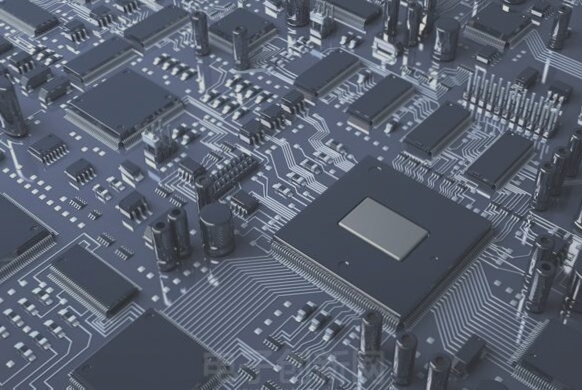Comparison of Advantages Between SMT and Through-Hole Materials in PCBA Manufacturing
The benefits of Surface Mount Technology (SMT) components are numerous:
1. Reduced solder joint defect rate.
2. Enhanced reliability and robust anti-vibration properties.
3. Improved high-frequency characteristics, mitigating electromagnetic and radio frequency interference.
4. Lightweight: SMT components weigh only 10% of traditional DIP through-hole components. Typically, SMT adoption results in a weight reduction of 60% to 80%.
5. Compact size: SMT prototype components occupy just about 10% of the volume compared to traditional DIP through-hole components. Generally, transitioning to SMT processing leads to a 40% to 60% reduction in product volume.
6. Cost-effectiveness: SMT assembly lends itself to automation, enhancing production efficiency and conserving resources such as materials, energy, equipment, manpower, and time. This automation can yield cost savings ranging from 30% to 50%.

The advantages of plug-in components:
1. In electronic products with high heat dissipation requirements, plug-in components outperform SMT processed chip materials due to their superior heat dissipation properties. Compared to chip components, plug-in materials exhibit excellent heat dissipation effects. Utilizing plug-in processing in packaging materials enhances product stability and performance.
2. Plug-in components boast a lower failure rate compared to PCBA, and their inspection is more convenient.
3. Plug-in components demonstrate superior stability in extreme environments characterized by turbulence and vibration. Each component offers distinct advantages, necessitating engineers to conduct comprehensive evaluations during the electronic design phase to select the most suitable components and achieve optimal PCBA packaging effects.
The benefits of Surface Mount Technology (SMT) components are numerous:
1. Reduced solder joint defect rate.
2. Enhanced reliability and robust anti-vibration properties.
3. Improved high-frequency characteristics, mitigating electromagnetic and radio frequency interference.
4. Lightweight: SMT components weigh only 10% of traditional DIP through-hole components. Typically, SMT adoption results in a weight reduction of 60% to 80%.
5. Compact size: SMT prototype components occupy just about 10% of the volume compared to traditional DIP through-hole components. Generally, transitioning to SMT processing leads to a 40% to 60% reduction in product volume.
6. Cost-effectiveness: SMT assembly lends itself to automation, enhancing production efficiency and conserving resources such as materials, energy, equipment, manpower, and time. This automation can yield cost savings ranging from 30% to 50%.

The advantages of plug-in components:
1. In electronic products with high heat dissipation requirements, plug-in components outperform SMT processed chip materials due to their superior heat dissipation properties. Compared to chip components, plug-in materials exhibit excellent heat dissipation effects. Utilizing plug-in processing in packaging materials enhances product stability and performance.
2. Plug-in components boast a lower failure rate compared to PCBA, and their inspection is more convenient.
3. Plug-in components demonstrate superior stability in extreme environments characterized by turbulence and vibration. Each component offers distinct advantages, necessitating engineers to conduct comprehensive evaluations during the electronic design phase to select the most suitable components and achieve optimal PCBA packaging effects.



